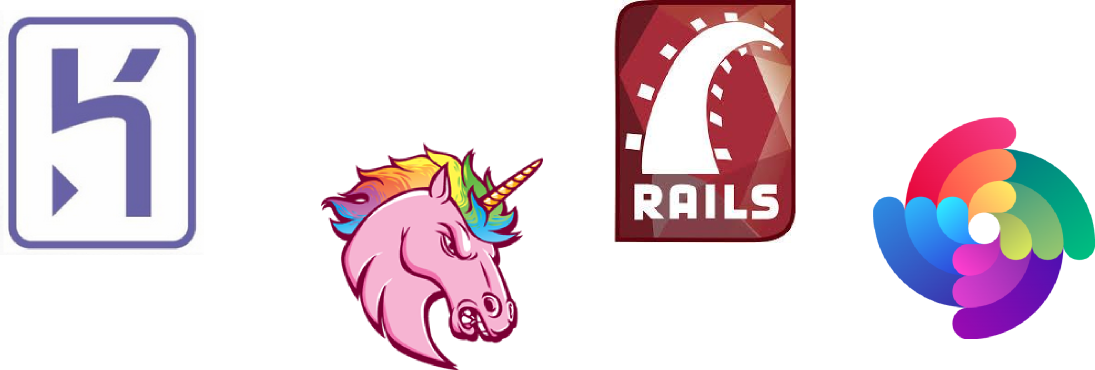

- Rails quit all servers how to#
- Rails quit all servers install#
- Rails quit all servers update#
- Rails quit all servers code#
This may be something to do with ActiveSupport::EventedFileUpdateChecker and how the listen gem monitors changes to your source code per process. Note: I tried setting CONFIG=config/puma.rb and WORKERS=3 and ran into system stability problems which I think was related to too many fsevent_watch processes running after a few hours of development work, preventing any forking. So what should these be set to? In short, I only recommend setting THREADS=3 and leaving the other two unset. These don’t appear to have any effect when set per project, just globally for all Puma instances started by Puma-dev.

You can configure the Puma server by setting the following variables in your ~/.powconfig file: CONFIG, THREADS, WORKERS. Note that any POW_* variables you may have used in the past will have no effect on Puma-dev’s operation. It will also source ~/.powconfig first if it exists. Your project’s environment variables will be loaded (in order, using source) from the following files in the project root path. To see debug information about Puma-dev’s operation, you can tail the log: tail -f ~/Library/Logs/puma-dev.log This will link v to ~/projects/other-path. puma-dev link -n other-name ~/projects/other-path To use a different domain or project path, there are two options, eg. This will link v to the app in ~/projects/my-project. For all new projects, a helper method is provided: cd ~/projects/my-project If you used the -dir ~/.pow/ option above then your existing Pow projects are already linked.
Rails quit all servers how to#
How to link new projects in futureĪs with Pow, Puma-dev needs to know where to find the app code for each domain you want to use. You will definitely want to do this if your project doesn’t support SSL. dev TLD – you may want to take this opportunity to change to using a more appropriate. Note: Because we’re trying to achieve the simplest migration with the fewest changes, we are continuing to use the. Make yourself a simple bash script or alias instead, to ensure you always start with the correct options. If you’d rather run Puma-dev only when you need it, then don’t pass the -install option. dev extension, and refer to the ~/.pow/ directory for matching domain names to project folders.
Rails quit all servers install#
We’re going to install Puma-dev as a background service, using the. It also generates the root CA certificate that will be used to seamlessly generate valid SSL certificates for your projects. The following commands do the install and will make sure the DNS resolver can be set up properly later.

Run bundle install to get the gem and its dependencies. Be sure not to change anything that will affect your production environment! You should remove any existing dev server, such as Unicorn.
Rails quit all servers update#
Update your project’s Gemfile to include gem 'puma' in the development group – newer Rails apps will have this by default. It was also possible to install Pow with Homebrew, so you did that, you’ll need: brew uninstall pow Here’s the rather-sketchy uninstall command for a standard Pow installation: curl /uninstall.sh | sh This is important! It also means all your current projects will need migrating at the same time, so make sure anyone else working on a project is also ready to follow this guide. If you have, please make sure you have removed any files they may have installed as there is a potential for conflicts here. This guide will assume you have been using Pow, but haven’t tried any other ways of supporting HTTPS on your dev machine (such as Powprox or Invoker). The guide below is designed specifically for migrating from Pow to Puma-dev with minimal impact to your environment, so if you’re starting fresh you may want to review their suggested defaults instead. This operates in a similar way to Pow, but uses the Rails-recommended Puma to serve your app in development. powprox, Invoker, docker, nginx), but the most effective one by far for quickly switching from Pow is Puma-dev. Pow doesn’t support HTTPS and Basecamp have ceased development of it after 7 years, so it’s time to move on. dev TLD, it is no longer recommended to run Ruby on Rails apps with Pow in development in OSX/macOS. Thanks to the recent changes with how Chrome handles the Google-owned.


 0 kommentar(er)
0 kommentar(er)
